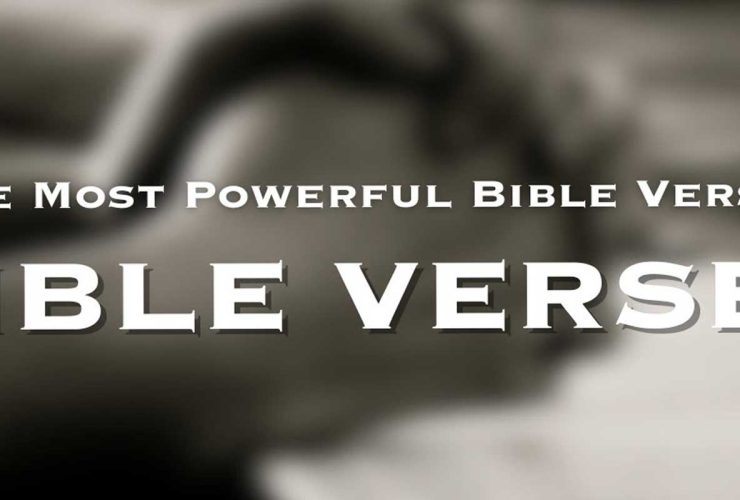When Dante Alighieri wrote The Divine Comedy in the early 14th century, he described Hell, Purgatory, and Heaven with poetic vision and theological depth. Yet centuries later, it was Paul Gustave Doré’s engravings that gave these visions their most enduring imagery. Of all three canticles, Doré’s engravings for the Inferno—the descent through Hell’s nine circles—remain the most haunting and unforgettable.
Through line and shadow, Doré turned Dante’s verses into visual experiences of eternal judgment. His engravings shaped how generations imagine the horrors of Hell, from storm-driven souls to frozen traitors. To explore Dante’s Inferno through Doré’s eyes is to enter a world of both terror and artistry.
Doré’s Mission to Illustrate Dante
By the 19th century, The Divine Comedy was recognized as one of Europe’s greatest literary works. Doré, already known for his dramatic style, was commissioned to illustrate it in 1861. He threw himself into the project, producing engravings that elevated Dante’s poetry into unforgettable images.
As seen in Paul Gustave Doré’s Engravings of Dante’s Divine Comedy, Doré approached the text not just as an illustrator but as a visionary, blending fidelity to Dante’s words with his own imagination.
The Circles of Hell Through Doré’s Eyes
Circle One – Limbo
Doré portrayed Limbo with solemn majesty: great crowds of virtuous pagans, philosophers, and poets. His engravings convey the sorrow of separation from God without overt torment—a quiet tragedy in shadow and stillness.
Circle Two – The Lustful
Here, Doré shows souls swept helplessly by a dark, eternal storm. Lovers cling together, yet their embrace is futile against the winds. His swirling lines capture both passion and punishment.
Circle Three – The Gluttonous
Doré’s gluttons lie in filth under a relentless, icy rain. Their forms sag under the weight of indulgence. The scene is disgusting yet pitiful, a reminder of wasted life.
Circle Four – The Greedy and the Wasteful
He illustrated these souls endlessly rolling weights against each other, symbolizing futility. Doré dramatized the struggle with bent figures straining in eternal opposition.
Circle Five – The Wrathful and Sullen
Doré captured the violent fury of the wrathful fighting in the Styx and the silent despair of the sullen drowned beneath its waters. His shadows emphasize rage above, hopelessness below.
Circle Six – The Heretics
Fiery tombs dominate Doré’s vision of the heretics’ punishment. His engraving shows open sarcophagi blazing with eternal fire, merging theological warning with Gothic spectacle.
Circle Seven – The Violent
Doré depicted multiple forms of violence: against others, against self, and against God. Forests of suicides with twisted, bleeding trees remain among his most haunting images.
Circle Eight – The Fraudulent
Here Doré’s imagination ran wild: flatterers sunk in excrement, false prophets twisted backward, thieves tormented by serpents. His engravings turn sin into grotesque spectacle.
Circle Nine – The Traitors
At Hell’s lowest point, Doré carved an unforgettable vision of Satan himself, frozen waist-deep in ice, wings flapping in futile rage. Around him, traitors are imprisoned in frozen despair. This image remains the most enduring depiction of ultimate treachery.
Doré’s Depiction of Dante’s Inferno
| Circle of Hell | Punished Sin | Doré’s Visual Style | Emotional Impact |
|---|---|---|---|
| Circle 1 (Limbo) | Virtuous pagans | Solemn crowds in shadow | Quiet sorrow |
| Circle 2 (Lustful) | Lovers in eternal storm | Swirling lines, clinging figures | Passion turned to despair |
| Circle 6 (Heretics) | Denial of immortality | Fiery tombs in Gothic grandeur | Terror and awe |
| Circle 7 (Violent) | Suicide, blasphemy, murder | Grotesque forests, rivers of blood | Horror and pity |
| Circle 9 (Traitors) | Treachery | Frozen figures, Satan in ice | Absolute despair |
Doré’s Technique – Emotion in Line and Shadow
Doré’s engravings are more than literal illustrations. His use of line and shadow creates mood and theology:
- Heavy crosshatching conveys the weight of sin.
- Swirling lines express storm, chaos, and unending struggle.
- Deep shadow turns Hell into suffocating despair.
- Contrasts of scale—tiny human figures against massive landscapes—remind viewers of their fragility before eternity.
This mastery of technique is why Doré’s Inferno engravings remain as powerful today as when first published.
Influence on Religious and Cultural Imagination
Doré’s Inferno engravings did more than illustrate Dante—they defined him. For many, Dante’s Hell is inseparable from Doré’s images. They influenced Gothic art, church sermons, theatrical productions, and later even film and comics.
Much like Paul Gustave Doré’s Dramatic Bible Illustrations continue to shape scripture’s visual legacy, Doré’s Inferno engravings continue to define how humanity imagines eternal punishment.
Why Doré’s Inferno Endures
- Universality: Sin, justice, and consequence remain timeless themes.
- Visual intensity: Doré made poetry visceral, unforgettable, and terrifying.
- Cultural legacy: His engravings shaped religious art, Gothic literature, and fantasy illustration.
- Human emotion: Beyond punishment, his images reveal fear, sorrow, and despair—emotions every viewer recognizes.
Conclusion
Exploring Dante’s Inferno through Paul Gustave Doré’s eyes is to step into a visual journey where poetry becomes almost tangible, where every etched line transforms Dante’s words into landscapes of suffering, despair, and awe. His engravings do not merely accompany the text but reinterpret it, amplifying its emotional power through shadow and light, scale and detail. By showing storm-tossed lovers, grotesque punishments, forests of suicides, and Satan frozen at the pit of Hell, Doré gave humanity a permanent way to picture the unseeable. His contribution lies not only in his technical brilliance but also in how he humanized sin and consequence, reminding viewers that these visions of torment are ultimately mirrors of human weakness and choice. More than 150 years later, Doré’s Inferno engravings remain embedded in cultural imagination, influencing art, literature, cinema, and even modern depictions of the afterlife. For admirers today, collections such as curated Paul Gustave Doré art prints or inspiring spiritual artworks ensure that his vision of Dante’s Hell continues to speak across centuries—timeless, haunting, and profoundly human.
FAQs on Doré’s Inferno Engravings
Why are Doré’s Inferno engravings so famous?
Because they gave enduring visual form to Dante’s text, shaping how generations imagine Hell’s circles and punishments.
Which engraving is Doré’s most iconic from the Inferno?
His depiction of Satan trapped in ice at the center of Hell is often considered the most powerful and widely reproduced.
How did Doré’s technique enhance Dante’s story?
Through chiaroscuro, dramatic contrasts, and expressive lines, Doré conveyed not just events but the emotions of sin and punishment.
Did Doré influence modern depictions of Hell?
Yes. His engravings inspired Gothic novels, horror films, comics, and even church art, making his vision central to Western imagination.
Where can I see Doré’s Inferno engravings today?
They are available in illustrated editions of The Divine Comedy, museums, and high-quality reproductions through curated art collections.





